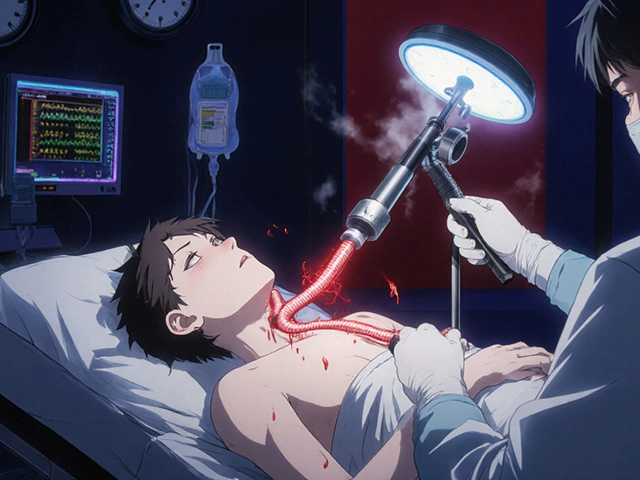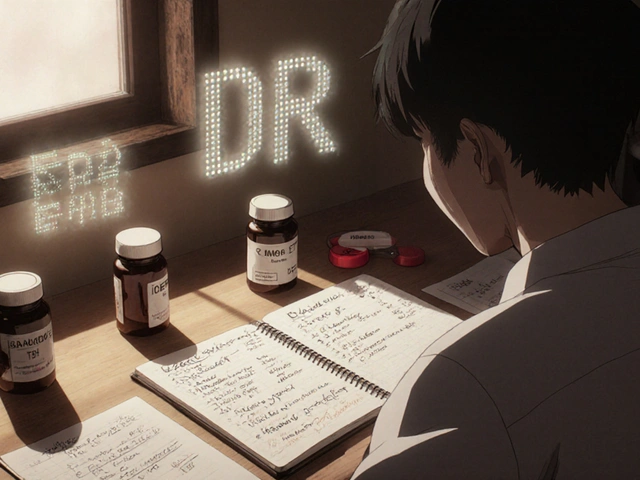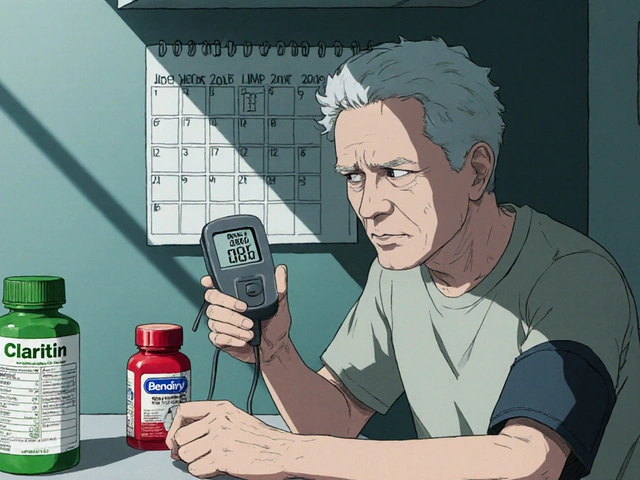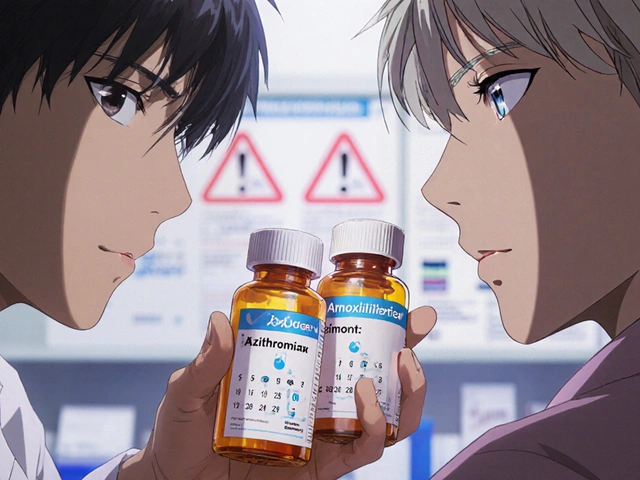Legionnaire's Disease: Causes, Symptoms, and Treatment
When dealing with Legionnaire's disease, a severe type of pneumonia triggered by the bacterium Legionella. Also known as Legionellosis, it typically spreads when people inhale aerosolized water droplets that contain the bug. Legionella, a gram‑negative organism that thrives in warm, stagnant water systems is the culprit, and the infection often shows up as a lung inflammation, i.e., pneumonia, a condition where the air sacs fill with fluid, making breathing difficult. The disease isn’t spread person‑to‑person; instead, it follows a clear chain: contaminated water → aerosol → inhalation → infection. Understanding this chain helps you see why Legionnaire's disease is tightly linked to travel, hot tubs, and poorly maintained plumbing.
Key Facts About Legionnaire's Disease
Symptoms usually appear 2‑10 days after exposure and mimic a bad flu: high fever, chills, cough that can become productive, shortness of breath, muscle aches, and sometimes gastrointestinal upset. Because the signs overlap with regular pneumonia, doctors rely on specific tests—most commonly a urinary antigen test that detects Legionella pneumophila serogroup 1, and sometimes sputum cultures or PCR assays. Risk groups include smokers, older adults, and anyone with weakened immunity, but anyone who stays in a hotel, cruises, or works around cooling towers can be exposed. Travel is a big red flag; a sudden outbreak among hotel guests often points to a contaminated water system. Prevention, therefore, focuses on water‑system maintenance: keeping hot‑water tanks above 60 °C, regularly cleaning cooling towers, and avoiding inhaling mist from decorative fountains. Simple actions like flushing shower heads and using point‑of‑use filters can cut the risk dramatically.
Treatment hinges on early, appropriate antibiotics. The two first‑line drugs are a macrolide (usually azithromycin) and a fluoroquinolone (often levofloxacin). Both penetrate lung tissue well and have been shown to clear the infection faster than older options. The typical course lasts 10‑14 days, but severe cases may need IV therapy for a week before switching to oral pills. Prompt treatment matters—a delay of even a day can increase the chance of complications like sepsis or respiratory failure. In the collection below you’ll find practical guides on antibiotic choices, travel‑safety checklists, and water‑system care tips, all aimed at helping you recognize, prevent, and manage Legionnaire's disease effectively. Keep reading to see which resources match your situation and get actionable steps you can apply today.
Legionnaire's Disease Risks on Public Transport - Key Facts & Prevention
Learn how Legionnaire's disease can spread through public transport, who’s at risk, key symptoms, and practical steps for commuters and operators to prevent outbreaks.










